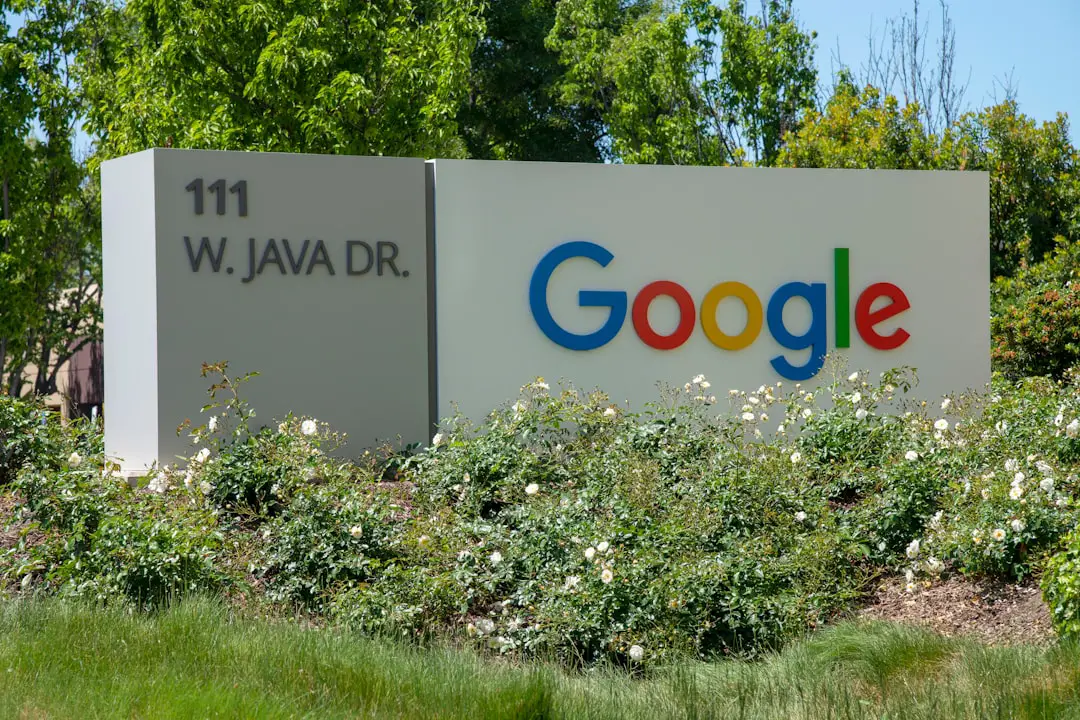Reverse image search has become a critical tool in today’s digital world for verifying the origin of images, identifying unknown objects, tracking image misuse, and combating misinformation. Whether you’re a journalist, a digital marketer, or simply a curious netizen, having access to powerful reverse image search engines can save you time and offer trustworthy information. In 2025, the landscape of these tools has evolved considerably, with new AI-driven technologies enhancing both accuracy and speed.
In this definitive guide, we compare the 10 best reverse image search engines for 2025. Each has its strengths and specialized features to suit different needs. Whether you’re on a desktop, a smartphone, or using an API for integration, these tools stand out among the rest for reliability and innovation.
1. Google Images
Still the heavyweight champion, Google Images continues to dominate reverse image search. In 2025, it incorporates advanced AI features from its Gemini model, improving its identification of abstract or heavily edited images.
- Pros: Extensive index, easy to use, built into Chrome and Android
- Cons: Not always accurate with obscure or lesser-known images
Best for general searchers, journalists, and hobbyists who want speed and scale. Google now also integrates image search results with its Google Lens platform.

2. TinEye
TinEye is a pioneer in the reverse image search world. It specializes in finding where an image appears on the web, even if it has been resized, cropped, or edited.
- Pros: Deduplication support, date sorting, and usage tracking
- Cons: Smaller database compared to Google
Its image recognition algorithms remain among the most accurate. TinEye also offers a robust commercial API useful for large-scale operations and copyright management.
3. Bing Visual Search
Microsoft’s Bing Visual Search is another top-tier option, especially with its recent integration into the new AI-powered version of Bing. It can recognize products, faces, landmarks, and even text from documents.
- Pros: Includes shopping searches, object detection, and integrated AI assistant
- Cons: Fewer matches for non-commercial or rare images
If you’re already using Microsoft Edge or Windows devices, Bing Visual Search is seamlessly built into the experience.
4. Yandex Images
Russian search giant Yandex offers one of the most powerful reverse image search engines for finding both exact and similar-looking images. It’s especially strong in global searches outside of English-speaking domains.
- Pros: High accuracy for facial recognition and non-Western sites
- Cons: Interface not optimized for English in all areas
Perfect for international investigations, Yandex often finds image matches that Google misses—especially from sites in Russia, Eastern Europe, and Asia.
5. Pinterest Visual Search Tool
Although often overlooked, Pinterest’s Visual Search tool is surprisingly effective for fashion, home decor, and design-related images. You can zoom in on a part of an image and let the engine find pins with similar styles.
- Pros: Niche-focused search, particularly powerful in fashion and home aesthetics
- Cons: Not ideal for general-purpose images or non-Pinterest content

This tool is indispensable for interior designers, stylists, or those seeking design inspiration from visual snippets.
6. Berify
Berify offers a unique approach by combining its own technology with results from major image search engines like Google, Bing, and Yandex. It’s particularly geared toward professionals seeking copyright protection or image tracking.
- Pros: Tracks stolen images, embedded watermark alerts, and video thumbnail search
- Cons: Subscription-based with limited functionality in the free version
This makes Berify a go-to solution for photographers, content creators, and brands concerned with intellectual property infringement.
7. PimEyes
PimEyes specializes in facial recognition. It’s capable of identifying individuals across the internet, even if images are altered. It has come under scrutiny, but remains a powerful tool in the right hands.
- Pros: High face match accuracy and extensive web crawling
- Cons: Privacy concerns and ethical questions around surveillance
Best used by legal professionals or investigative journalists under ethical and legal frameworks. PimEyes operates on a subscription basis and does not allow public facial searches without a paid plan.
8. SauceNAO
SauceNAO serves a very specific user base: anime, manga, and digital art aficionados. It searches specialized art databases and forums to find the source and metadata of artistic images.
- Pros: Ideal for anime, manga, and Eastern art-style recognition
- Cons: Less useful for general image searches
A fan favorite in online communities like Reddit or 4chan, it excels where mainstream engines falter.
9. Image Raider
Image Raider is a multi-source reverse image tool that performs bulk searches. It’s tailored to brands, marketers, and copyright holders who want wide coverage with automation.
- Pros: Bulk image tracking, multi-engine support, API access
- Cons: Interface can be confusing and may require technical knowledge
Highly useful for enforcing copyright or brand reputation monitoring, especially when thousands of image matches are necessary.
10. Search by Image – Browser Extension
This browser extension integrates multiple platforms like Google, Yandex, Bing, and others to allow users to right-click on images and search across various engines.
- Pros: Cross-platform, customizable, fast for individual cases
- Cons: Dependent on third-party engines and browser compatibility
Useful for users who need flexibility and the fastest way to initiate multiple searches at once, especially during research or content verification.
Choosing the Right Reverse Image Search Engine
The “best” reverse image search tool depends on your use case. Here’s a quick breakdown:
- General users: Google Images or Bing Visual Search
- Design & Fashion: Pinterest Visual Search
- Copyright & Protection: TinEye or Berify
- Facial Recognition: PimEyes or Yandex
- Anime & Art: SauceNAO

Make sure that any image search engine you use complies with regional data protection laws and ethical standards, especially when using facial recognition technologies.
Conclusion
In 2025, reverse image search has become more than a novelty—it’s a necessity. With rapidly advancing AI, the top tools offer capabilities that go well beyond simple matching. From artists and lawyers to researchers and everyday users, choosing the right tool ensures better accuracy, expanded database access, and peace of mind.
By understanding the strengths and limitations of these tools, you empower yourself to make faster, smarter, and more responsible visual inquiries. Use them wisely for verifying content, protecting your work, and strengthening the digital trustscape.
